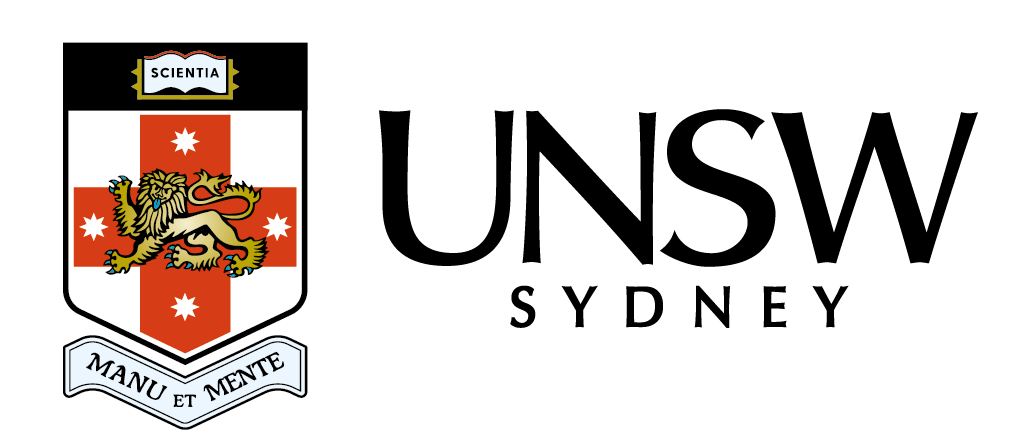
29th October 2021
Date

9.00am - 12:00pm (AEST)
Time

Online Event
Venue
Overview
Understanding the Covid Economy: The Impact on Firms
The Covid-19 pandemic and associated public health restrictions have significantly changed aspects of the economy. These changes have challenged existing measures of economic activity.
This Workshop presents papers which use innovative data sources and methods to gain a better understanding of the impact of the pandemic on the cost of living, the diet of different socioeconomic groups, and productivity.
Program
9:00am Welcome: Kevin Fox, Director, CAER
9:05am “Digital Resilience: How Work-From-Home Feasibility Affects Firm Performance”
John Bai (Northeastern University), Erik Brynjolfsson (Stanford University), Wang Jin (MIT), Sebastian Steffen (MIT) and Chi Wan (University of Massachusetts Boston)
9:55am Break
10:05am “The Value of a Job Match: Firm-level Evidence on the Role of Government Aid”
Morten Bennedsen (University of Copenhagen), Birthe Larsen (Copenhagen Business School), Ian Schmutte (University of Georgia) and Daniela Scur (Cornell University)
10:55am Break
11:05am “Business Exit During the COVID-19 Pandemic: Non-Traditional Measures in Historical Context”
Leland D. Crane, Ryan A. Decker, Aaron Flaaen, Adrian Hamins-Puertolas and Christopher Kurz (US Federal Reserve Board)
11:55am Closing remarks and end of Workshop.
Papers
Paper 1: “Digital Resilience: How Work-From-Home Feasibility Affects Firm Performance”
John Bai (Northeastern University), Erik Brynjolfsson (Stanford University), Wang Jin (MIT), Sebastian Steffen (MIT) and Chi Wan (University of Massachusetts Boston)
Abstract
Digital technologies may make some tasks, jobs, and firms more resilient to unanticipated shocks. We extract data from over 200 million U.S. job postings to construct an index for firms’ resilience to the COVID-19 pandemic by assessing the work-from-home (WFH) feasibility of their labor demand. Using a difference-in-differences framework, we find that public firms with high pre-pandemic WFH index values had significantly higher sales, net incomes, and stock returns than their peers during the pandemic. Our results indicate that firms with higher digital resilience, as measured through our pre-pandemic WFH index, performed significantly better in general, and in non-essential industries in particular, where WFH feasibility was necessary to continue operation. The ability to use digital technologies to work remotely also mattered more in non-high-tech industries than in high-tech ones. Lastly, we find evidence that firms with lower pre-pandemic WFH feasibility attempted to catch up to their more resilient competitors via greater software investment. This is consistent with a complementarity between digital technologies and WFH practices. Our study's results are robust to a variety of empirical specifications and provide a first look at how WFH practices improved resilience to a major, unanticipated social and economic shock.
Paper 2: “The Value of a Job Match: Firm-level Evidence on the Role of Government Aid”
Morten Bennedsen (University of Copenhagen), Birthe Larsen (Copenhagen Business School), Ian Schmutte (University of Georgia) and Daniela Scur (Cornell University)
Abstract
Policies that preserve productive employment relationships are particularly important in recessions. The collapse of economic activity during the pandemic was unlike any modern recession. We document the result of a national policy response including publicly subsidized furloughs that allowed workers to keep their jobs through the recession. The policy allowed for low unemployment and for the labor market to stabilize relatively quickly. Such policies are expensive with hard-to-measure benefits. Using novel survey and administrative data from Denmark, we find the policy was effective at a net cost of US$15 and US$127 per furloughed day for part- and full-time workers respectively.
Paper 3: “Business Exit During the COVID-19 Pandemic: Non-Traditional Measures in Historical Context”
Leland D. Crane, Ryan A. Decker, Aaron Flaaen, Adrian Hamins-Puertolas and Christopher Kurz (US Federal Reserve Board).
Abstract
Lags in official data releases have forced economists and policymakers to leverage "alternative" or "non-traditional" data to measure business exit resulting from the COVID- 19 pandemic. We first review official data on business exit in recent decades to place the alternative measures of exit within historical context. For the U.S., business exit is countercyclical and fairly common, with about 7.5 percent of firms exiting annually in recent years. Both the high level and the cyclicality of exit are driven by very small firms and establishments. We then explore a range of alternative measures of business exit, including novel measures based on paycheck issuance and phone-tracking data, which indicate exit was elevated in certain sectors during the first year of the pandemic. The evidence is mixed, however; many industries have likely seen lower-than-usual exit rates, and exiting businesses do not appear to represent a large share of U.S. employment. Actual exit is likely to have been lower than widespread expectations from early in the pandemic. Moreover, businesses have recently exhibited notable optimism about their survival prospects.

